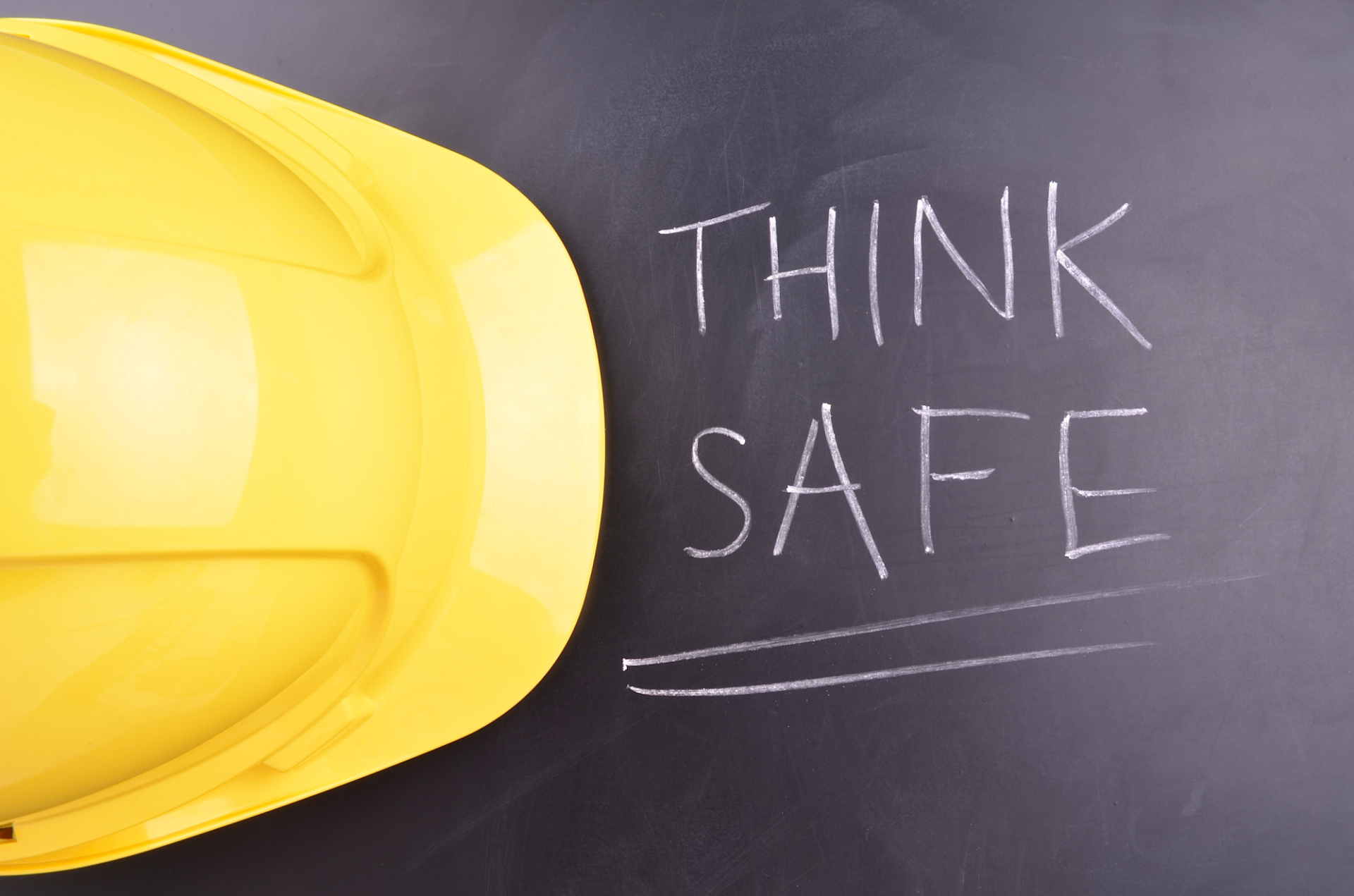This spring, 62 percent of Americans with jobs reported working remotely during the global COVID-19 pandemic. While fewer Americans are in an office right now, that doesn’t mean offices will shut down forever.
When Americans return to their offices en masse, some aspects of office life will no doubt feel unfamiliar. That includes basic office safety precautions.
Right now, many people worry about getting sick at work, not tripping or starting a fire. But workplace safety is about more than preventing COVID-19 transmission.
Read on for four business safety tips worth implementing.
Write It Down
Each business must abide by both federal and state safety requirements. Those rules should appear in several locations around the office.
But that’s the bare minimum, and safety in the workplace is about doing more than that. You should also include some company safety rules in the employee handbook.
To further promote a culture of safety, post those rules at various locations throughout the building. This includes the break room.
In an ideal world, your workers should be able to memorize the safety rules. Seeing the list every day should become as routine as seeing the time clock.
Gimme a Break
Meal breaks are a regular part of many office cultures. But they’re not required by law in most states. Only 20 states require employers to offer their workers meal breaks.
That means in other states, an unfeeling boss could make their employees work eight hours (or more) without any food. If you value safety at work, you won’t be that boss.
The best practice is to provide at least a 30-minute meal break and one or two rest breaks a day. That makes it less likely that employees will lose their concentration or become overworked.
Encourage Open Communication
Many offices say they promote a culture of communication. But when push comes to cover, they’ll cover up a potential safety violation rather than report it. If someone gets injured, they won’t tell other employees what happened.
You want your employees to feel comfortable going to their supervisors with an issue. That could mean a safety problem. It could also mean a problem they’re having with a coworker that they can’t resolve on their own.
Most interpersonal conflicts at work are not a workplace safety issue. But they can escalate to that point if they aren’t addressed.
Run Emergency Drills
You can tell people what to do in an emergency. But at some point, you need to see them in action by running emergency drills.
If possible, run emergency drills that are both announced and unannounced. You don’t want to scare your employees unnecessarily, but you do need to see what they’ll act like in an unexpected situation.
Unannounced drills tend to help more with evaluating existing fire safety measures. Let’s say an emergency exit is partially blocked. You’re more likely to discover that if employees think there’s an actual fire.
Other Safety Precautions
The way we work may forever change as a result of the ongoing pandemic. Brushing up on safety precautions now is the best way to prepare yourself for any future discussions about workplace safety.
Arizona’s gotten hit especially hard by COVID-19. We’re working to keep you informed, so make sure to bookmark our business section for the latest news about working in 2020.




